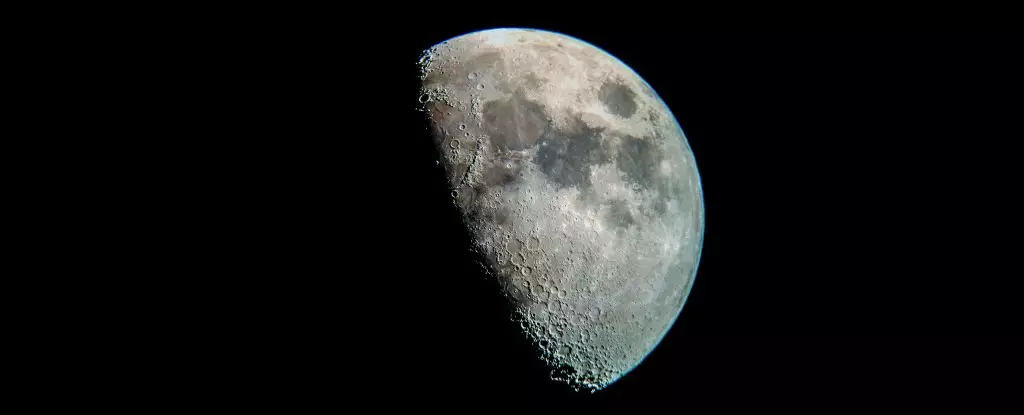Recent research indicates that the Moon’s formation may have occurred much sooner after Earth’s birth than previously believed, with estimates suggesting its inception around 4.53 billion years ago. This groundbreaking work, led by geologist Francis Nimmo from the University of California Santa Cruz, encompasses collaborative efforts from researchers in the United States, France, and Germany. The new timeline not only shifts our understanding of the Moon’s genesis but may also serve as a key to unlocking long-standing puzzles about its composition and geology.
Traditionally, the Moon’s formation has been linked to a catastrophic collision between a Mars-sized body and the early, still-forming Earth. While this giant impact hypothesis remains the dominant explanation, the implications of a much earlier formation challenge various established theories about lunar geology, including the scarcity of large impact basins and the Moon’s relative dearth of metals compared to Earth.
The crux of this new interpretation lies in the analysis of zircon crystals recovered from lunar rock samples. Zircons are invaluable geological clocks due to their unique formation processes; they incorporate uranium while excluding lead. As uranium decays into lead over time at a known rate, scientists can accurately date the crystalline structures. This study has revealed zircon ages that exceed established estimates, with some dated at 4.46 and 4.51 billion years. Such findings seem inconsistent with the notion of a global magma ocean, as this environment would not allow for the survival of zircon crystals.
To bridge this disparity, Nimmo and his team posited a scenario in which the Moon formed earlier but then underwent extensive crustal remelting around 4.35 billion years ago. This hypothesis reconciles the apparent contradictions in lunar rock dating by suggesting that these two significant geological events could have co-occurred.
Delving deeper, the researchers turned to the dynamics of the Earth-Moon system. When celestial bodies orbit one another, they do not follow perfectly circular paths, resulting in elliptical orbits characterized by varying proximity and gravitational pull. This shifting gravitational interaction generates tidal forces that can heat and reshape a celestial body over time.
In its nascent state, the Moon may have had a highly eccentric orbit, leading to conditions that could have caused surface melting within the first tens of millions of years post-formation. By attributing the age of these surface features—approximately 4.35 billion years ago—to tidal heating, the model provides a coherent explanation for how both older and younger geological ages can exist concurrently.
This refined timeline not only narrows down the Moon’s age to between 4.43 and 4.53 billion years but also enriches our understanding of various geological phenomena on the lunar surface. For example, scientists have observed that the Moon hosts fewer impact basins than models would predict based on early solar system bombardment theory. If tidal heating caused extensive remelting, it is plausible that many of these features were obliterated over time.
Furthermore, the presence of metals on Earth—resulting from the accretion of planetesimals—raises questions about their scarcity on the Moon. Should the Moon have formed and subsequently remelted, any metals present could have sunk below the surface, hence explaining their lack in lunar rocks.
The implications of this research extend far beyond our own Moon; they potentially provide a framework for understanding the evolutionary histories of other celestial bodies in our solar system. Studying the dynamics between newly formed planets and their satellites may yield insights into their geological and compositional trajectories.
As we piece together this complex puzzle, the interplay of studies such as this one sheds light on the broader understanding of planetary formation. The realization that the Moon and Earth have likely been companions for nearly the entirety of Earth’s history is both poetic and scientifically significant.
These findings compel us to reassess not only the history of the Moon but also the interconnectedness of planetary systems. As we continue to explore our solar system, the lessons learned from the Moon’s formation may illuminate the origins and evolution of other celestial bodies, offering a glimpse into the intricate tapestry of our universe.


Leave a Reply